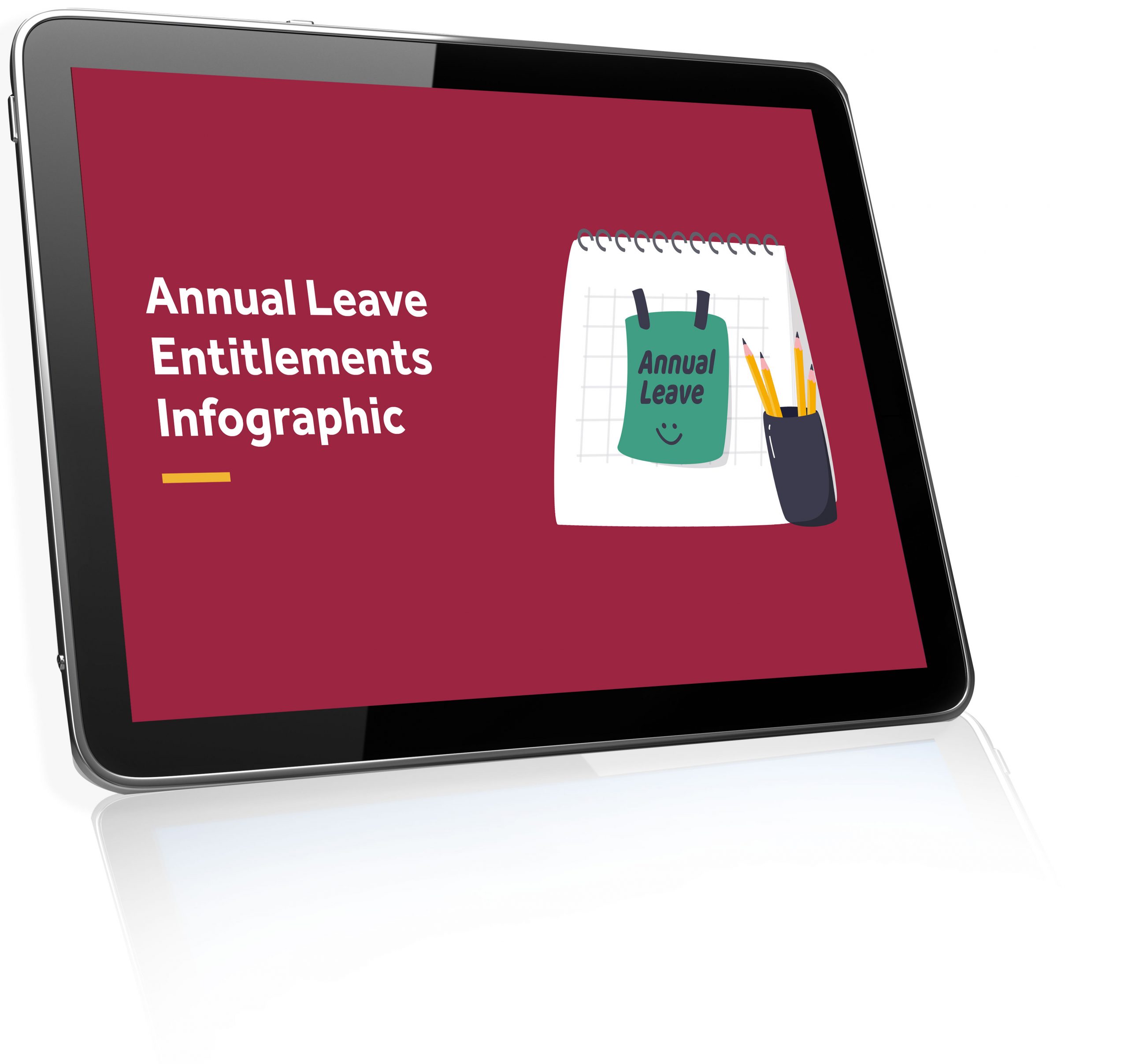
Employees will be offered more paid parental leave (PPL) according to the latest changes to paid parental leave in Australia. However, this additional support won’t be available for another few years.
Background
The Albanese Labour Government introduced the Paid Parental Leave Amendment (More Support for Working Families) Bill 2023. This Bill finalises the settings for the Government’s significant expansion of the Paid Parental Leave announced in the October 2022-23 Budget, increasing the scheme to 26 weeks by July 2026.
It follows changes commencing 1 July 2023 to make the PPL scheme more accessible, flexible and gender equitable. The changes to the scheme are also shaped so they can address effectively the needs of working Australian families and provides greater security as they adjust to life with a newborn or adopted child.
It is estimated that about 180,000 families access the support each year.
How many weeks can you take?
Parents who had a child or adopted a child from July 1, 2023, can apply for up to 20 weeks of leave, subject to eligibility. If the Government’s Bill passes into legislation, then the number of weeks will increase to 22 from July 2024. From July 2024, it will go up again to 24 weeks. Finally, the number will reach 26 weeks from July 2026.

Annual Leave Infographic
What are your staff leave entitlements? Learn how to manage annual leave for staff and employees.
Can you split paid parental leave?
A few weeks are set aside for the second parent so that it encourages dads and partners to take leave and gives families flexibility to choose how they share care. For this financial year and in 2024-25, two weeks’ worth of the total leave is only available to the parent who is not using majority of the leave.
By 2026, a total of 4 weeks will be reserved for each parent on a ‘use it or lose it’ basis. The Bill increases the number of weeks reserved for each parent to four weeks in order to encourage sharing of care and household responsibilities. It also increases the number of weeks parents are able to take at the same time, increasing flexibility for families and supporting both parents to take time off work together after a birth. This incentive comes on the back of the advice provided by Women’s Equality Taskforce. Their research suggests that women will take most, if not all the weeks, and reserved leave for fathers/partners will foster sharing of care and household responsibilities.
Eligibility for paid parental leave
Government support is dependent on how much you or your partner earn.
The full 20 weeks (which will increase to 26 by 2026), subject to the Bill being passed into legislation is provided to both parents if their combined income is less than $350,000. There are further criteria to eligibility which can be found on the Services Australia website.
Impact
This change is unlikely to have a material effect on business owners. Paid parental leave is a government benefit, it’s not an employment entitlement that the business is liable to pay their employees. Employers may be required to pass on funds that the government gives them with respect to Paid Parental Leave, but the employer is not out of pocket.
Business owners and employers also need to review entitlements, agreements, and contracts to ensure they are keeping up with their obligations.
Summary
These changes have been recently introduced in the Parliament and is pending passage. If you are a business owner or employer, you do not need to do anything as of now, but it is always essential to stay on top of legislative changes.
Our advice line is available for small to medium enterprises across Australia and can help you understand employer obligations, documentation, and policies.
Please note that this article is intended to act as general information and does not constitute as advice of any kind. If you need help understanding parental leave, please consult a professional.


